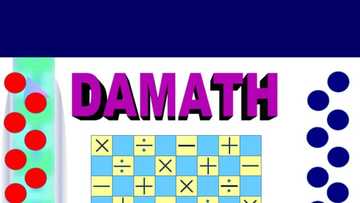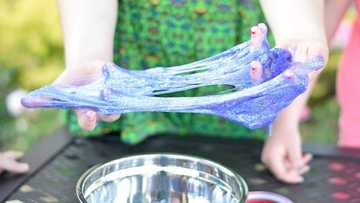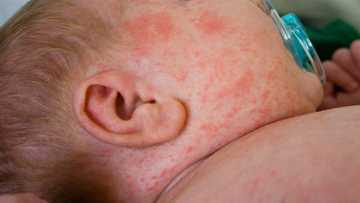Diplura at home: how to get rid of it
Diplura for most people only evokes negative emotions. Such an insect is disgusting and terrifying to human beings. Many still think it can release poison or climb through the auricle to eat the brain. It is not, but dipluras still do damage.
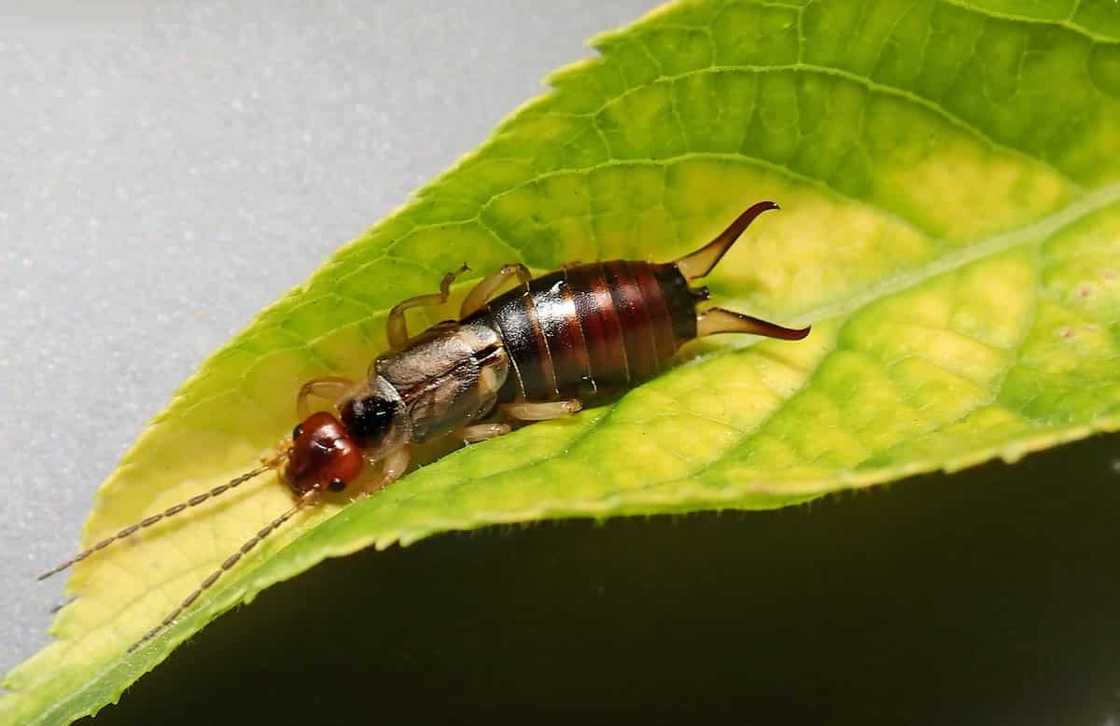
Source: UGC
Diplura: the Dangers, Why is it dangerous?
Let’s figure out how dangerous the dipluras are, how they look, why they appear in the house:
Diplura: what does it represent
It is an insect that moves on six feet and has an elongated body. The torso is composed of several segments and is red-brown in color.
There are several signs that can easily distinguish this pest from other invertebrates:
- the most common is a pincer in the abdomen. They are big relative to the calf and resemble forks. Such a grasp is needed for an insect to defend and catch food.
- The body is comprised of separate parts that are tightly connected to each other. The primary color of the torso is brown, which is combined with yellowish-orange hues.
- They grow, on average, to 2-3 cm long. It's often found up to six centimeters (six inches) long, with a distinct head and long mustache.
The second name of diplura is an earwig. It is so-called because such insects like to hide and sleep in the human ear. They get in there at night.
In the wild, small and large individuals can be found with chitin suckers. The small specimens are thin and weak. A big earwig, up to 6 / 7 cm in length, has stronger attachments. They are strong, big, and hard. These stings are called churches. With their help, the animal protects itself from enemies and catches prey, capturing and holding it. It is the main weapon of such an invertebrate, which works like a scorpion.
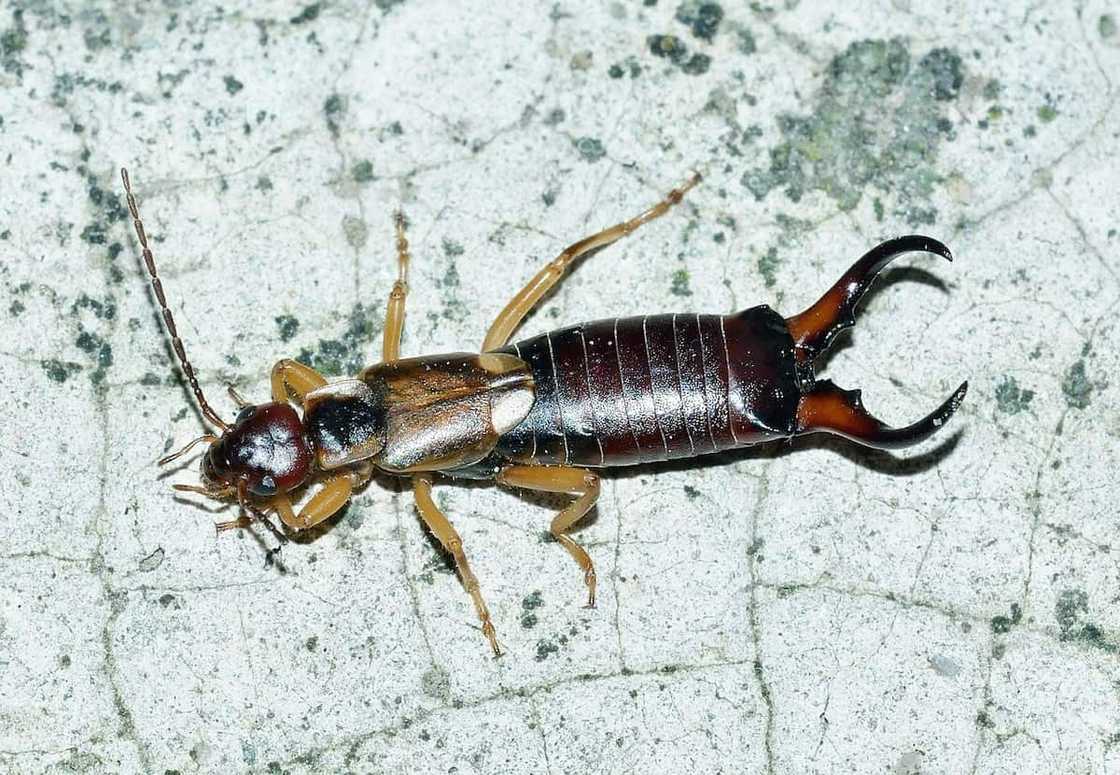
Source: UGC
Dipluras: why do the earwigs appear in the apartment
Diplura may be triggered by several factors:
- increased humidity;
- the wet rag that has long been in the toilet;
- cracks in skirting boards or floors;
- large amounts of indoor plants that are watered heavily;
- holes and cracks around water pipes;
- leaks and condensation (that can cause excessive humidity).
It becomes clear from these reasons that a groovy surface appears in the apartment due to the formation of a cold, wet, and damp environment. Such an insect loves pits with pus. Entire groups usually emerge that crawl at night. They are agile and move quickly. Their main targets are polyps, mites, spiders, and other larvae, but can also make their way to vegetables and fruits.
Dipluras in the house hide in the most invisible places. It can be the space between planks or under skirting boards, cracks in various places, or the damp underground. They are often found in bathrooms or where ventilation is poor. These insects crawl only at night, making it almost impossible to spot them immediately.
The dangers of double dipluras
When a cleaning lady gets into a private house or apartment building, she immediately starts getting her house in order. An invertebrate animal spoils almost everything: food, garden plants, or even wallpaper glue. It also destroys vegetables and enters walls through cracks, destroying them from within.
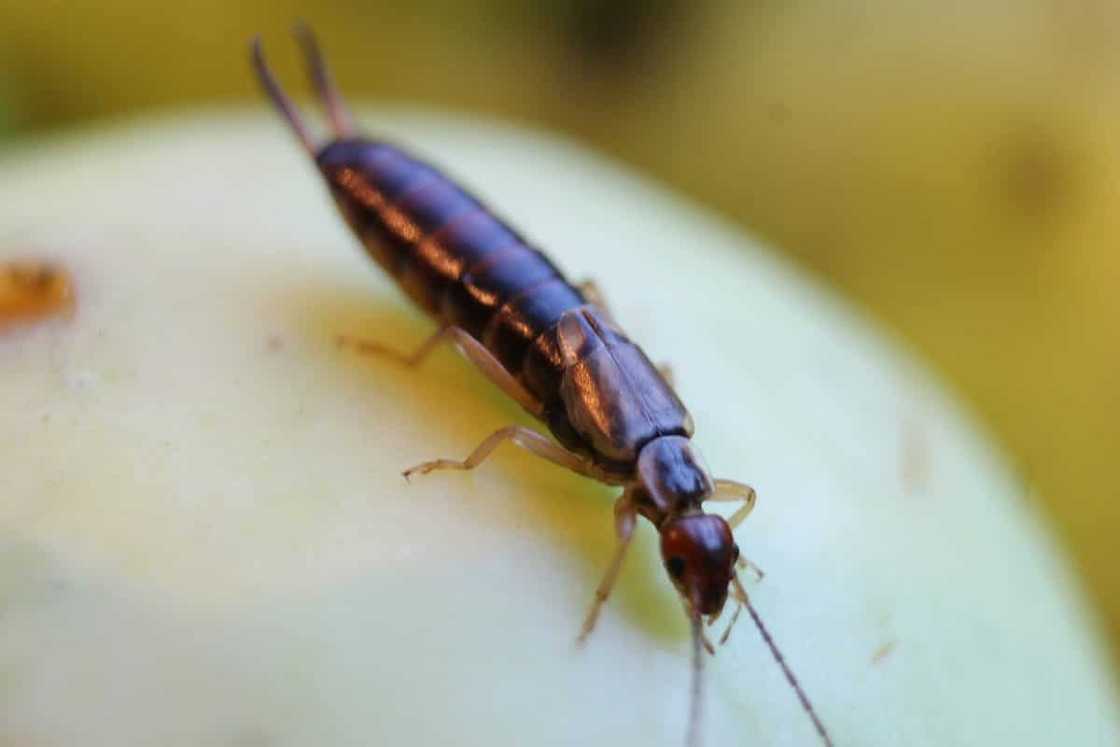
Source: UGC
Dipluras can also damage a person in contact. What are the dangers of dipluras? They can trigger an infectious process within the body. This insect belongs to the category of biting insects, which are infectious and bacterial vectors.
When exposed to humans, pathogenic microflora enters the bloodstream. An inadvertent insect attack leads it to attack humans with its pincers. The two-tailed female bit her attacker, leaving small itchy wounds. The surface next to them is blushing and a bit swollen.
It won't be a full bite. The insect tangles because it contracts soft tissues. With what? In large individuals, pincers are powerful, large, and sharp. It's the sting that can puncture a person's skin, leaving a trail of two dots. Following a bite, the victim may have an allergic reaction. Bubbles appear in the damaged site, which is filled with fluid.
Such allergies can have serious consequences. An ongoing ulcer can form in the place of a bite and burst blister, reminding itself over a period of days. It will cause pain and considerable discomfort to the individual.
What to do when bitten by a diplura
The insect is not poisonous, but ignoring the bite is not advised. Immediate action:
- Rinse the damaged area carefully under clean soap and water.
- Take any disinfectant and treat the bite.
- If you experience an allergic reaction (blisters, burning, itching, loss of general feeling), seek assistance from a doctor.
Diplura: how to get rid of it
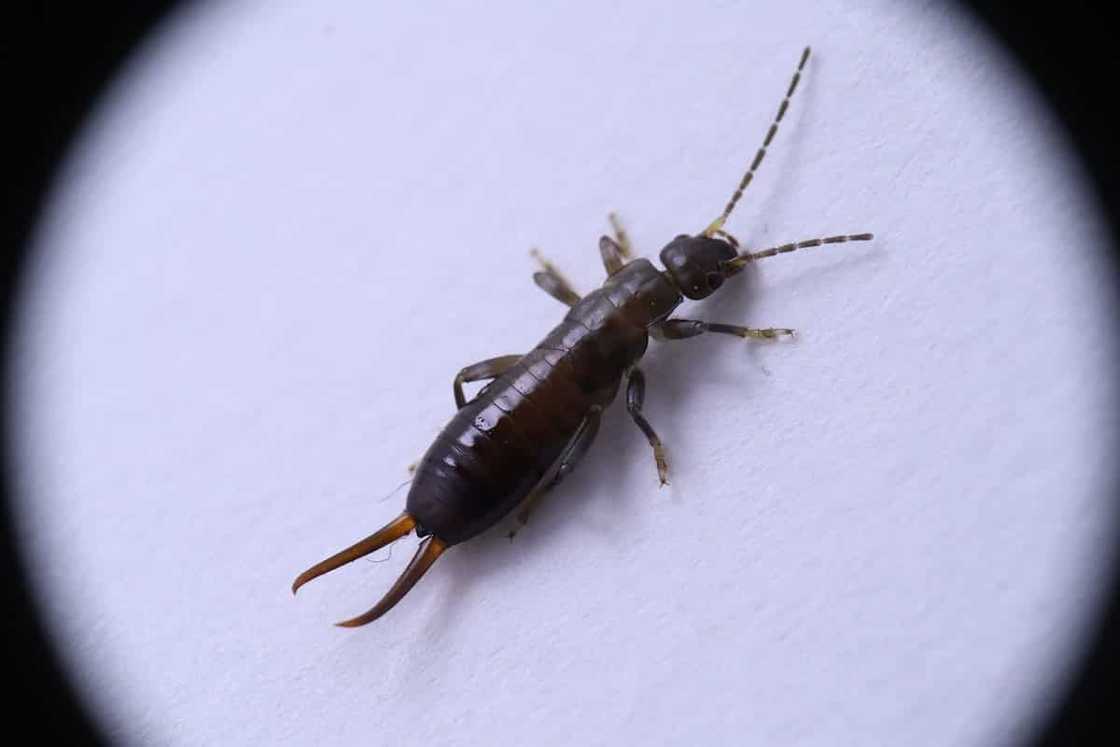
Source: UGC
Two-tail is small but very nimble. It is difficult to catch it by hand, but it is not recommended. What to do? So:
Remove the sources of the problem The answer is to remove the sources of the problem that brought unwanted guests into the house. These sources are factors that influence moisture and condensation. These include:
- wet towels;
- leaks in different places of the water supply system, and so on.
It is recommended to ventilate the room frequently to prevent condensation. If the bathroom does not have proper ventilation, it is advisable to remedy it. A safety net must be fitted to the ventilation vent. It blocks not just the two-wax but other insects.
These are urgent actions. It will minimize the occurrence of new species and contribute to the extinction of existing ones.
But how do you get rid of a diplura if they're already there? If there are several of them, popular ways or traps can be employed. Otherwise, more dangerous measures will have to be taken in the form of toxic drugs.
Important! Toxic insecticides give quick and effective results, but they are not recommended for indoor use. This is because children, pregnant women, infirm people, or allergics can live in the home.
Getting rid of dipluras: chemicals
On the internet, a "diplura" photo can be found in good quality, which will show clearly that such an insect easily fits into various cracks. This is where they build their nests. It is difficult to get there, and various aerosols are often used to get rid of them. These insecticides penetrate the gaps after application.
Sprays, solutions, toxic fine, special pellets, gels, and powders can also be used. There are a lot of them in the market.
The use of such means should be done with extreme care. Toxic insecticides require protective clothing and adherence to safety instructions and regulations. Otherwise, you can be poisoned!
Getting rid of the dipluras pest: home-made trap
That is the most affordable, secure, and inexpensive way to eliminate such a pest. An effective trap is a wet cloth, which can cause an insect to emerge:
- Grab any towel (preferably terry) and soak it well.
- Place it where the harmful invertebrates were found. As a rule, these are the wettest corners of the bathroom or bathroom. We do this in the evening and leave a wet towel at night.
- Check the trap in the morning. If there are duplicate sheets on it, we roll up the towel, pour boiling water over it and throw it into an outdoor tank.
Diplura: natural means to control dangerous insects
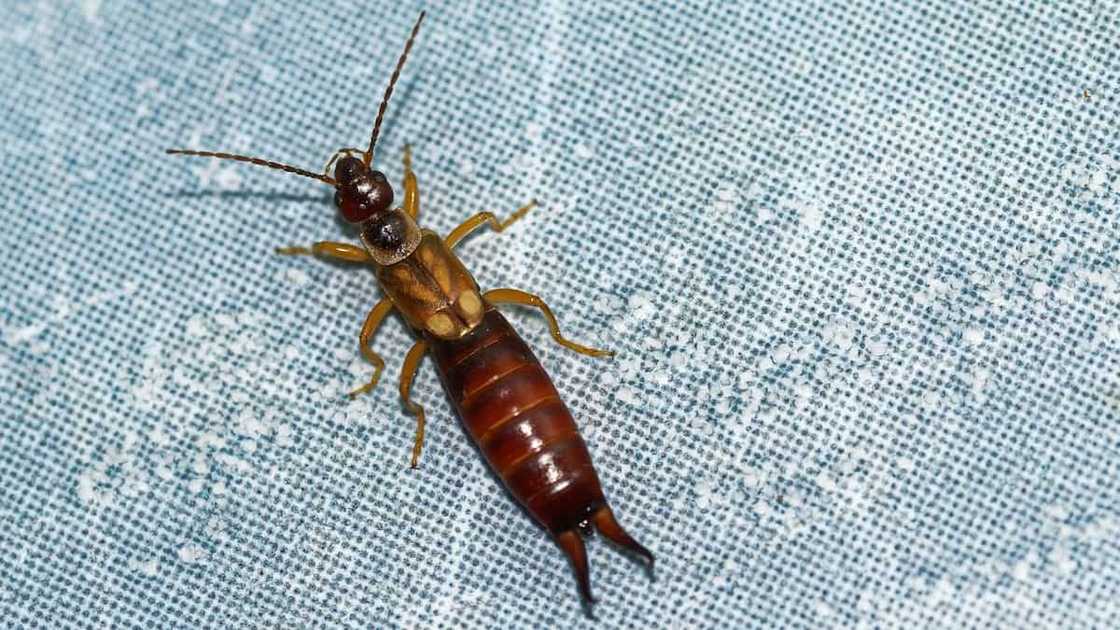
Source: UGC
People have invented several ways to fight the mannequins. It is advisable to use the proposed solutions first without resorting to toxic chemicals. Means such as:
- A solution of onions and garlic. Take 100 g of onions, garlic, and 0.5 L of boiling water. Peel the vegetables and finely chop them.You can use a blender. The consistency of the pasta must be attained. Then add water and leave for a day. The next day, take the solution and treat it with all possible habitats of the insect. This is done once a week or 10 days. The solution repels the dipluras by its sharp smell.
- Boric acid balls. It is necessary to boil the egg and the yolk, mix with boric acid in powder form. We make a homogeneous mass that we roll into balls. Place them in the desired places to expel the insect.
- Herbal infusion. We take common yarrow, wormwood, tansy, or any herb with a strong smell. It should be ground and poured with 1 l of boiling water. Stir and let it cool. After that, we treat the habitat with the resulting medium.
- Vacuum cleaner. This is the right, safe, quick, and effective solution during intense diplura's activity. One has to walk around the walls, skirting boards, gaps in the floor, and so on. It's advisable to use disposable bags to throw them away.
- Horseradish. We take the fresh horseradish root, wash it, and grate. We put the received ingredient on the lid and put it where the insects have been spotted.
- Soap solution. We make a solution from household soap. Then we add to the spray gun and spray it in the required places. These may be cracks in walls or skirting boards.
Dipluras in the House: prevention
Successful elimination of pests does not guarantee 100% results: they can reappear. Avoiding this requires avoiding excessive room humidity and condensation. It is also recommended to:
- check the bathroom regularly for leaks to quickly correct them if they occur;
- prevent damp indoor plants;
- water indoor plants to the best of their ability (excessive watering is also harmful to the plants themselves);
- monitor the microclimate of the house; check walls, window frames, skirting boards, window sill, etc for holes to quickly close;
- not dry laundry indoors.
When the insect becomes an issue, it is necessary to think about the living conditions for further analysis. The insect appears only when the environment is right for it. Moisture and dampness levels should be checked first.
Both of these factors can cause not only harmful invertebrates but also significant deterioration of a person's physical health. Excessive humidity often causes mold that can cause allergic reactions and illnesses.

Source: UGC
About an insect like a diplura, the omen states that the hammered nail between the first and second logs during the laying of a house will ensure that inhabitants do not have to worry about its appearance.
As these pests often become unwanted guests, they need to be quickly disposed of. There are several effective methods for doing so that require traps, popular remedies, or toxic drugs.
Source: KAMI.com.gh

